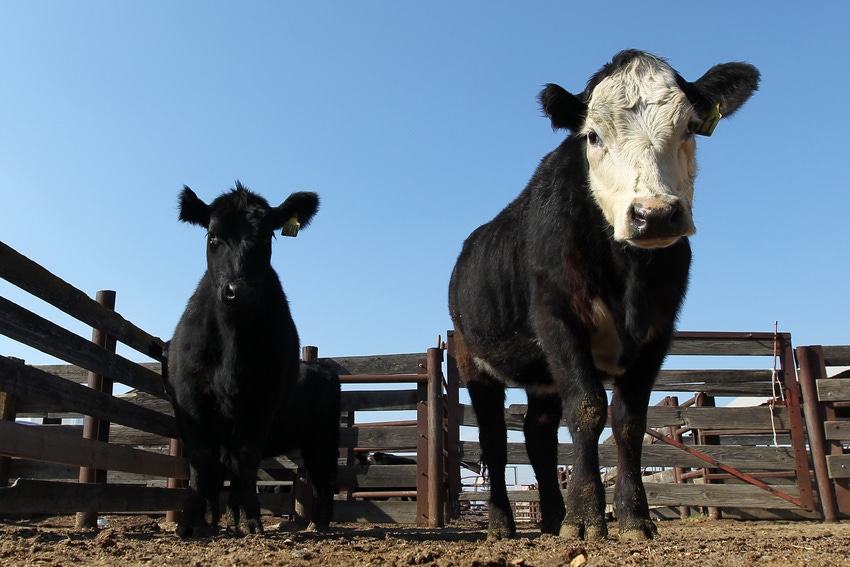Data will contribute to greater understanding of disease’s prevalence throughout U.S.
October 4, 2019

Researchers with the University of Arkansas System Division of Agriculture hope to collect data from cattle producers across Arkansas in an effort to determine the prevalence of anaplasmosis, an often-deadly tick-borne pathogen.
Heidi Ward, an assistant professor and veterinarian for the Division of Agriculture, said cooperative extension agents across Arkansas will attempt to collect 600 blood samples from Arkansas cattle for the "Anaplasmosis Surveillance Project." The agents will try to recruit 10 producers in each of six geographical regions in the state.
Ward said the effort stems from a study that began with researchers at Kansas State University and will add to the body of academic knowledge regarding the prevalence and severity of the pathogen in cattle throughout the Midwest and South.
Anaplasmosis turns an animal’s immune system against itself, destroying both healthy and infected red blood cells, which can, in turn, starve the animal of oxygen, Ward said. While it is believed to be spread primarily through biting insects, it can also be spread through the reuse of needles among animals, such as when producers are vaccinating their herds.
“The Beef Quality Assurance program recommends that producers use a single needle for no more than 10 animals,” Ward said. “Ideally, there would be no reuse at all.”
Anaplasmosis can actually reside in an animal for long periods of time without causing illness, Ward said, but external stressors, such as high heat or drought conditions, can cause the pathogen to begin dividing and replicating much more quickly.
Anaplasmosis can effectively be managed in cattle through the administration of antibiotics in feed, Ward said. However, the U.S. Food & Drug Administration is scrutinizing the use of in-feed antibiotics for livestock while defining specific duration of use limits for claims that were not defined in the past.
“The question the last couple of years has been, ‘Is anaplasmosis really that prevalent?’ That’s what we’re trying to contribute to the scientific effort: data that will help arrive at that answer,” Ward said.
While an anaplasmosis vaccine was developed in the 1980s at Louisiana State University, its implementation has proved problematic, Ward noted. While the vaccine was shown to be effective against some variants of the Anaplasma marginale bacteria, it is unclear if it is effective for others. Studies of the current vaccine’s efficacy toward new variants are ongoing and have not been published yet.
The patent for the vaccine has also been resold several times, and the current patentholder has discontinued its production. Under FDA rules, veterinarians can obtain the vaccine for “experimental” use only. It is also prohibitively expensive for most producers, Ward said, costing about $28 a head to administer the two-shot vaccine.
You May Also Like


.png?width=300&auto=webp&quality=80&disable=upscale)
